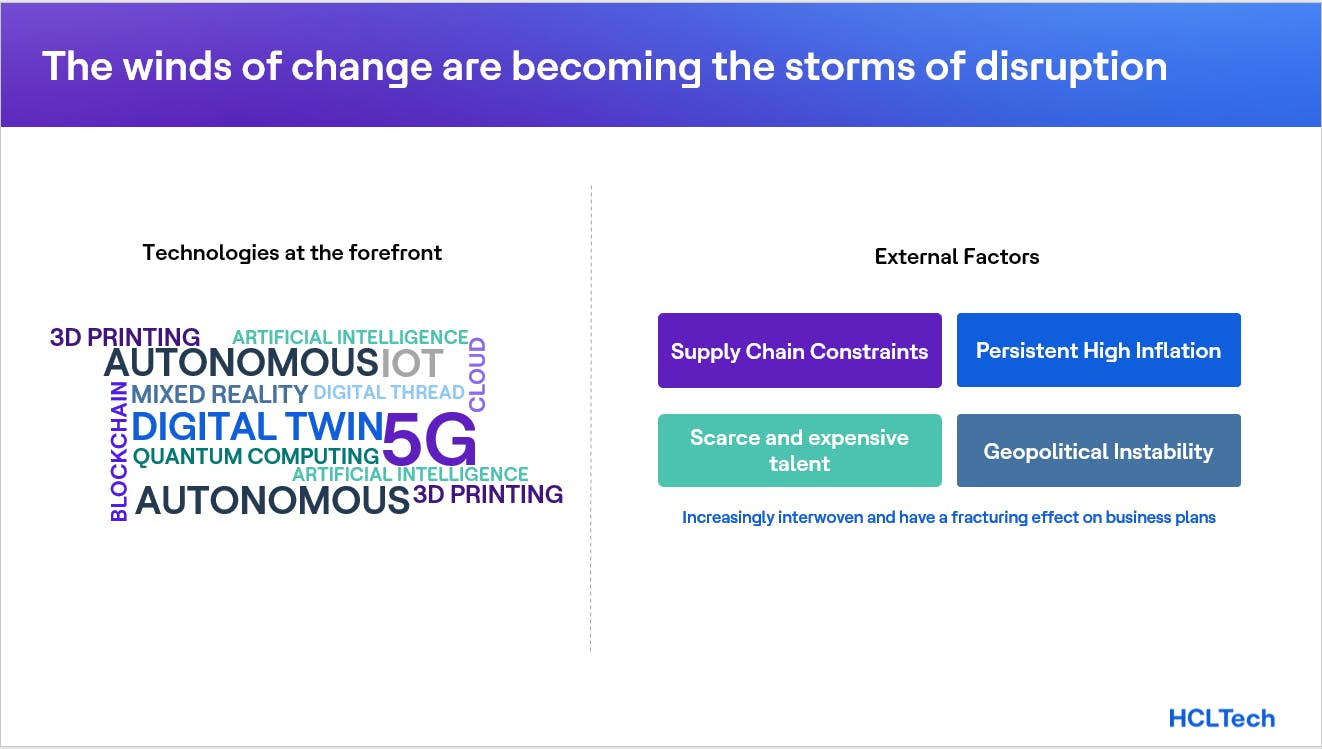Digital resilience allows organizations to navigate business disruptions by using digital technologies.
Up until now, organizations have prioritized building capability, ahead of resilience. But this is changing, according to Ameer Saithu, Executive Vice President, Engineering and R&D Services at HCLTech.
In the current environment, with the war in Ukraine, inflation, supply chain challenges, an energy crisis and the persistent climate emergency, ensuring digital resilience is a business priority. It allows organizations to operate, strengthen and protect themselves during serious disruptions, while preparing effectively for new conditions.
“To build an effective digital resilience strategy and address uncertainty, organizations need to embrace an ecosystem approach. The traditional approach [of going it alone] is no longer valid,” says Saithu, speaking at HCLTech’s booth at MWC in Barcelona, Spain.

The partner ecosystem
“Digital resilience needs established partnerships,” continues Saithu.
There are four core reasons why this can help organizations navigate the multitude of current business challenges.
-
Monetization
By ‘joining hands’ in a partnership model, organizations can explore ways to effectively monetize their technology investments.
-
Customer access
From a customer access perspective, an ecosystem partnership enables organizations to diversify their risk by extending their market reach and go-to-market capabilities.
-
Risk of investment
From an investment angle, a partnership ensures that any risk of investment is also shared, especially in longer term projects.
-
Talent
With global labor shortages, access to talent and reskilling the existing workforce is proving a massive challenge.
In an ecosystem partnership, companies like HCLTech are addressing this by diversifying their own ability to provide a stable, highly skilled workforce and create significant upskilling and training capabilities.
Digital resilience in action
Looking at a specific use case of how an ecosystem partnership fostered digital resilience, Saithu says:
"When Intel was looking at opportunities with 5G, HCLTech joined hands with them to develop 5G technology elements for some of their network incubators.
“The net result is that we have, let's say, double the sales force that is taking the solution to the market. We have doubled the technology architects who are looking at which architecture to choose and we have the whole might of HCLTech’s semiconductor chip capabilities, which is now added to Intel's capabilities."
In this ecosystem partnership, with minimized risk and a more digitally resilient foundation, HCLTech and Intel have been able to take a differentiated 5G solution to market.





